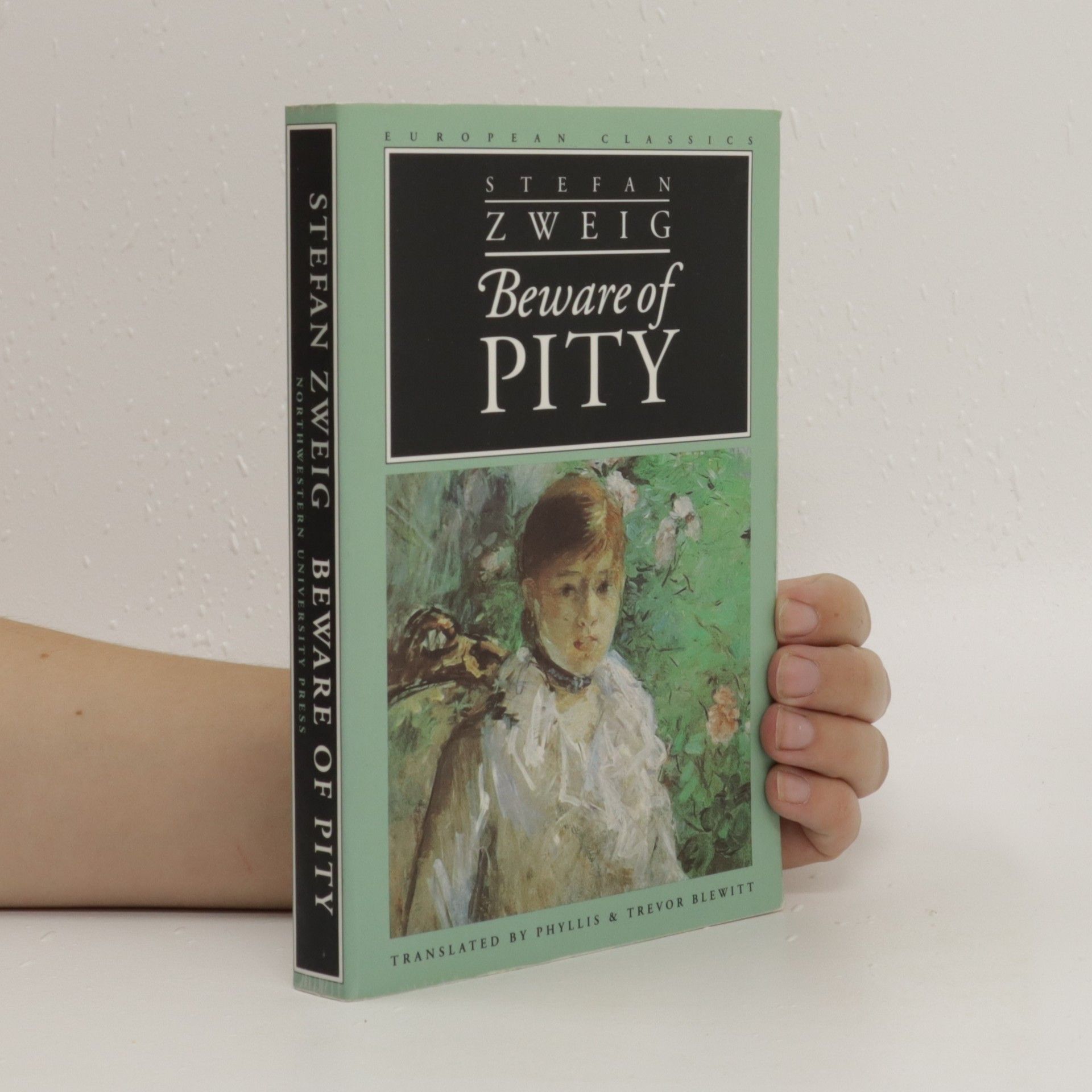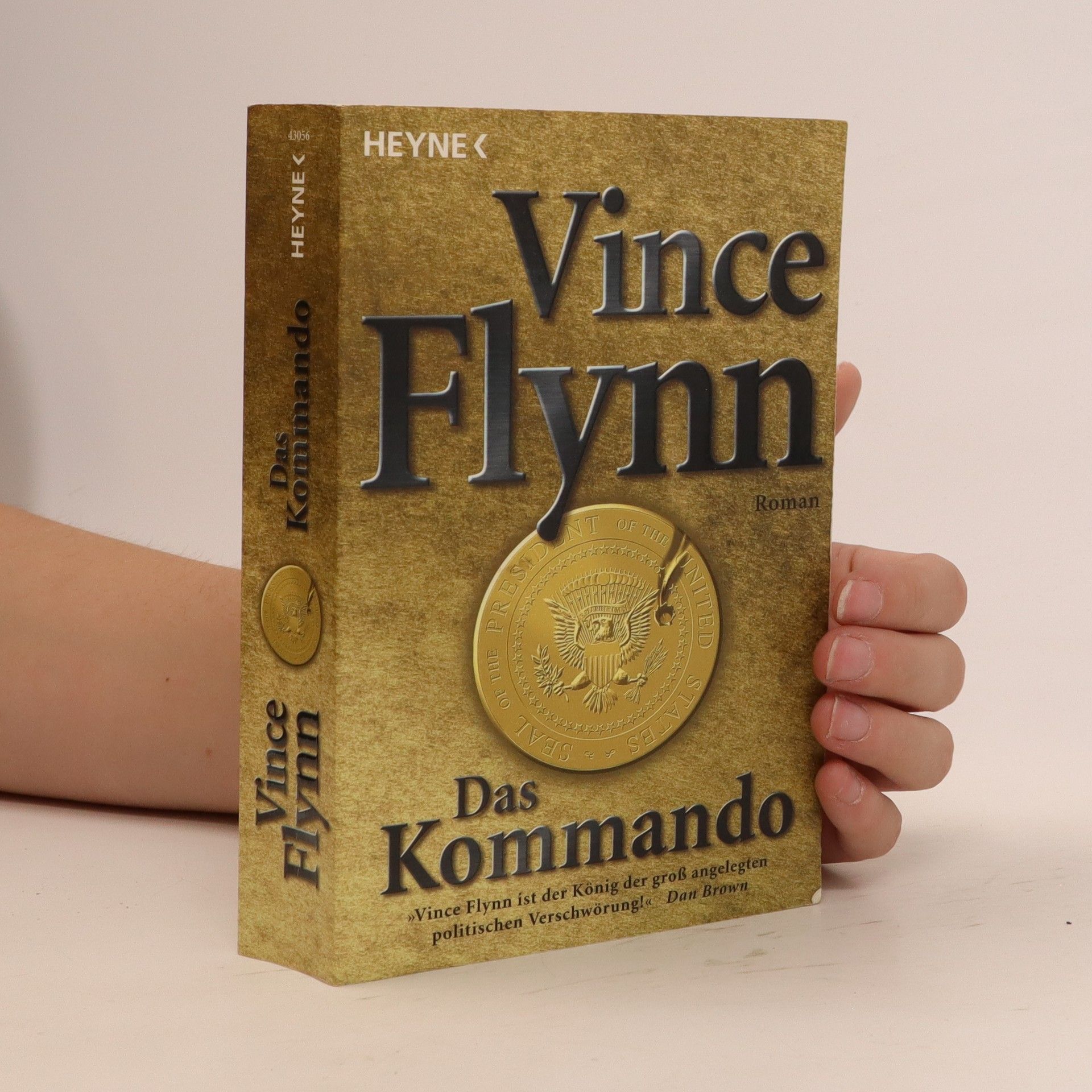Prag zu Beginn des 20. Jahrhunderts, wo Menschen mit schwejkschen Listen kafkaeske Abenteuer erleben – ein Meisterwerk erzählerischer Kunst. Johannes Urzidil ordnete seine Erzählungen wie die Teile eines Flügelaltars an, verbunden durch die jeweilige Handlung. In den Kaffeehäusern der Stadt begegnete man damals Werfel, Brod, Kisch und Kafka. Im „Relief der Stadt“ erinnert sich Urzidil an seine Kindheitsorte, wo Deutsche und Tschechen in Konflikten standen und alle gegen die Juden waren. Die „Seitentafeln“ schildern einen skurrilen Rechtsstreit zwischen einem Prager Bürger und dem Magistrat sowie die letzte Lebensphase des Dichters Karl Brand, dessen Tod den Untergang einer enthusiastischen Schriftstellergeneration symbolisiert. Im „Schrein“ – einem Kabinettstück erzählerischer Kunst – diktiert „Weißenstein Karl“, eine Figur zwischen Erfindung und Realität, die Geschichte eines abenteuerlichen und banalen Lebens, das die Welten Haseks und Kafkas vereint. Mit schwejkischer List meistert Weißenstein Not, verworrene Liebesbeziehungen und die Wechselfälle des Daseins. Im abschließenden „Gesprenge“ beschwört Urzidil mit einem unheimlichen Operntraum erneut die Stadt seiner Jugend.
Božena Koseková Libri






After Thomas Mann, Stefan Zweig was perhaps the most well-known and widely read author writing in German before the Nazi period. Beware of Pity was written in Zweig's London exile in 1938, and although it is above all a psychological novel whose tragedy unfolds in the private realms, Zweig's humanistic perspective provides a commentary on the larger historical and political situation.
Che i pesci possano essere estremamente passionali; che le tortore siano più feroci dei lupi con gli animali della propria specie; che un'oca possa credere di appartenere alla specie umana e in particolare di essere figlia dello scienziato che l'ha covata: ecco le sorprese che avranno i lettori di questo libro. Che cosa significhi capire gli animali molti di noi lo hanno imparato dalle sue pagine. Non solo perchè Lorenz è stato uno dei padri fondatori dell'etologia, ma perchè Lorenz ha saputo vivere con gli animali, con una curiosità, un affetto verso ogni creatura, un senso del gioco e un dono nel raccontare le loro storie che mai ha manifestato così compiutamente come nell’Anello di Re Salomone.
Deník (1946-1949)
- 340pagine
- 12 ore di lettura
Tento deník je neobyčejně zajímavou a dodnes zcela mimořádně podnětnou sumou prvního období tvorby Maxe Frische a zahrnuje léta, kdy autor nabíral síly pro své vrcholné tvůrčí období.
Media philosopher Vilém Flusser proposed a revolutionary new way of thinking about photography. An analysis of the medium in terms of aesthetics, science and politics provided him with new ways of understanding both the cultural crises of the past and the new social forms nascent within them. Flusser showed how the transformation of textual into visual culture (from the linearity of history into the two-dimensionality of magic) and of industrial into post-industrial society (from work into leisure) went hand in hand, and how photography allows us to read and interpret these changes with particular clarity.
Des Deutschen Speissers Wunderhorn
- 142pagine
- 5 ore di lettura
Featuring a diverse array of 19th-century German recipes, this collection serves as both a practical cookbook and a window into the country's culinary history. It offers readers a unique opportunity to discover traditional dishes and the customs surrounding them, making it a valuable resource for those interested in exploring the gastronomical delights of the past.
Pubblicato nel 1971, Foto di gruppo con signora è diventato immediatamente un bestseller mondiale. Nella sua indagine su Leni, affascinante donna sensuale e di carattere, che attraversa gli eventi piú drammatici della Germania contemporanea, Heinrich Böll veste i panni del cronista mettendosi sulle tracce di tutti coloro che l’hanno conosciuta: dal fratello poeta che si distrugge per sottrarsi all’abiezione del nazismo a suor Rahel, dall’affarista Polzer alla prostituta Margret. Attraverso foto, lettere, oggetti personali, Böll ricostruisce la biografia di un’antieroina inserendola nel grande fiume della storia e dandoci l’immagine di un’intera epoca, dall’età guglielmina al secondo dopoguerra. Un libro dalla forte tensione morale, capace di trascorrere dal tragico al grottesco al lirico, «articolato con rigorosa coerenza stilistica architettonica».
V této próze vystavěl autor monumentální pomník všem mladým lidem, kteří ideály nového společenského uspořádání, kde mají platit ryzí hodnoty lidství, probojovávají i za cenu dočasného nepochopení, na izolace mezi blahobytnými břichy lidí domnívajících se, že "jdou s dobou", ve skutečnosti ovšem žijících ve strašlivém omylu záměny jevu za podstatu. Paul a Paula své štěstí spočívající na opravdových hodnotách nedobudují, jejich zápas skončí tragicky. Avšak Plenzdorf nenapsal žádnou plačtivou historii; naopak, její poloha je naveskrz optimistická - ideál tak ryzí nemůže zemřít.


